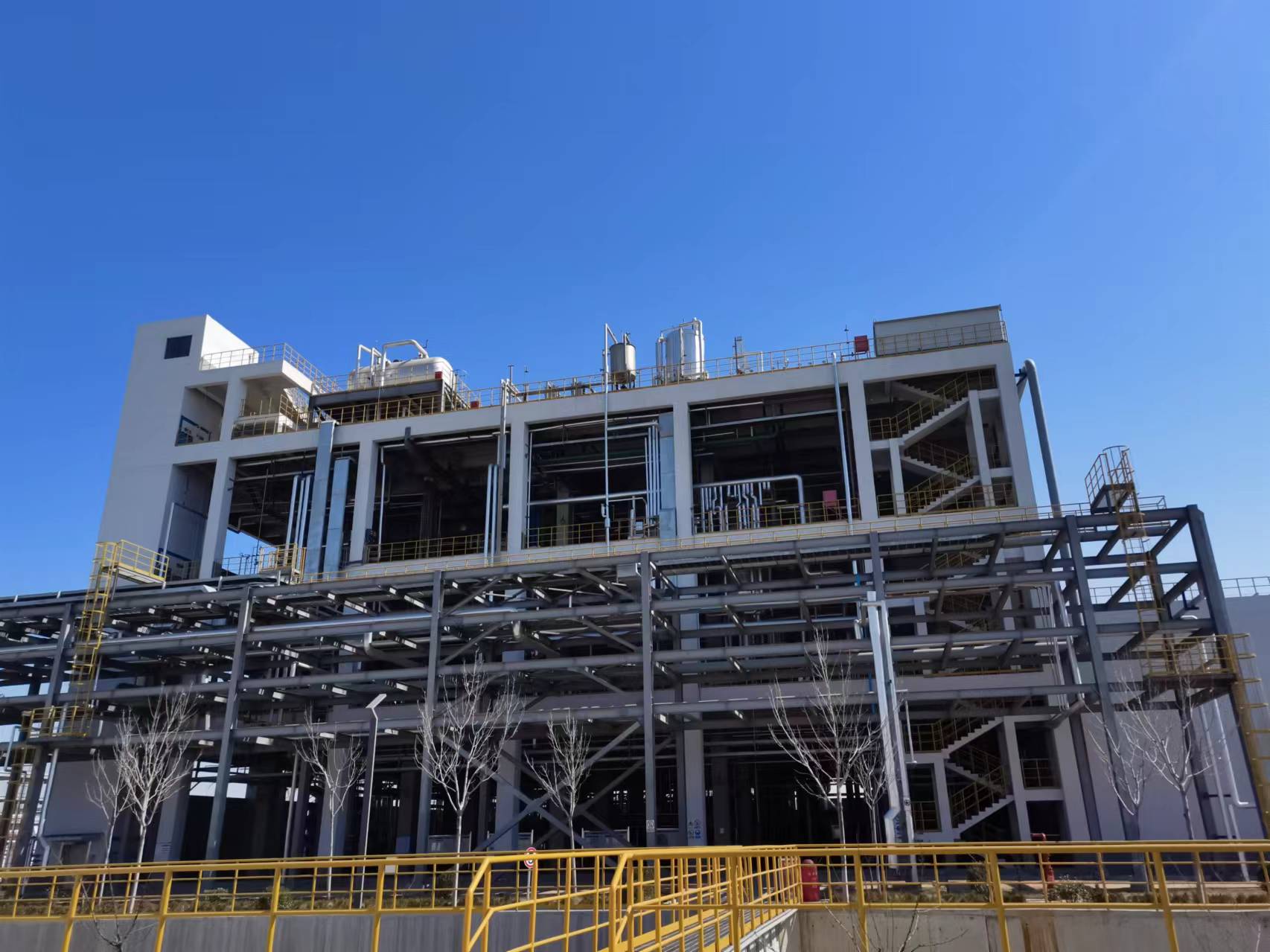PBAT equipment
PBAT (Polybutylene Adipate Terephthalate) is a new type of biodegradable material, which is a copolymer of polybutylene succinate (PBA) and terephthalic acid terephthalate (PTA). Its main characteristics are biodegradability, non toxicity, low temperature expansion coefficient, high deep impact resistance, high flexibility, good mechanical properties, and excellent processing performance. Under modern production processes, the production process of PBAT mainly includes several key steps such as raw material preparation, esterification reaction, polymerization reaction, and post-treatment.
Firstly, the preparation of raw materials is the first step in the production process of PBAT. Polybutylene succinate (PBA) and para phenylenediamine terephthalate (PTA) are the main raw materials for PBAT. These two raw materials are mixed in a certain proportion and screened to ensure their purity and quality.
The next step is esterification reaction, where the mixed raw materials are placed in a reactor for heating and stirring. At appropriate temperature and pressure, the anhydride and alcohol ester in the raw materials undergo esterification reaction to produce the intermediate product of PBAT - ester exchange product.
Then comes the polymerization reaction, in which the ester exchange products undergo a polymerization reaction under the conditions of adding a catalyst and a solubilizer. During this process, the ester exchange products undergo a dehydration reaction, forming polymer compounds. The addition of a catalyst can improve the rate and effect of the polymerization reaction, while a compatibilizer can improve the fluidity and processing energy of PBAT.
After the esterification reaction is completed, a condensation step is required. The condensation reaction is carried out in a high-temperature and high vacuum environment, where small molecules are continuously removed in a vacuum state. With the continuous removal of small molecules, the viscosity of PBAT continuously increases, ultimately achieving the desired viscosity.












